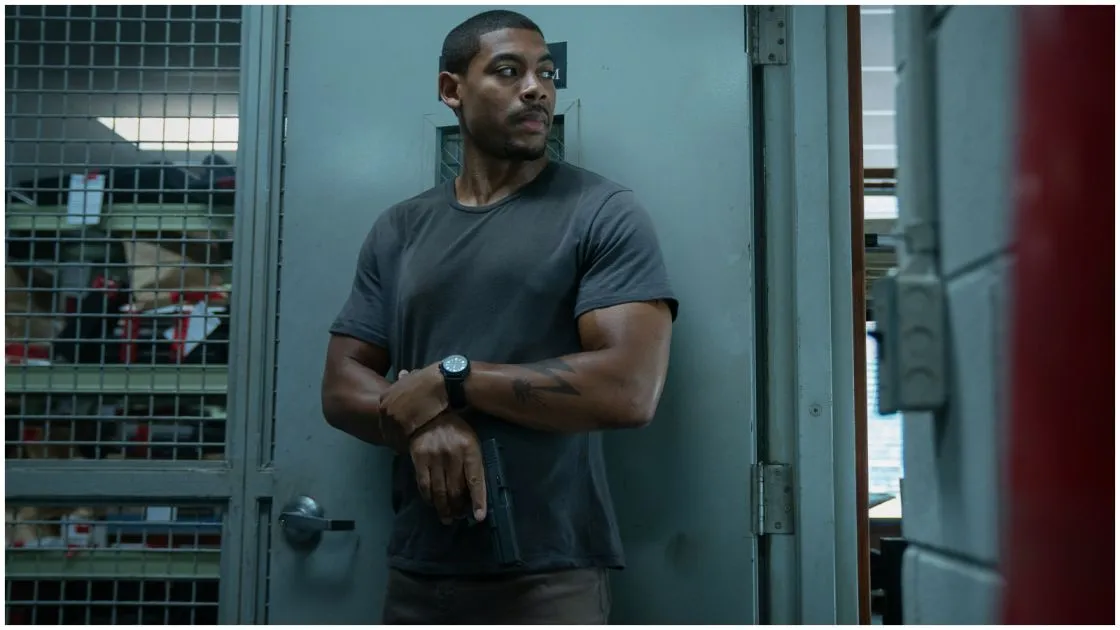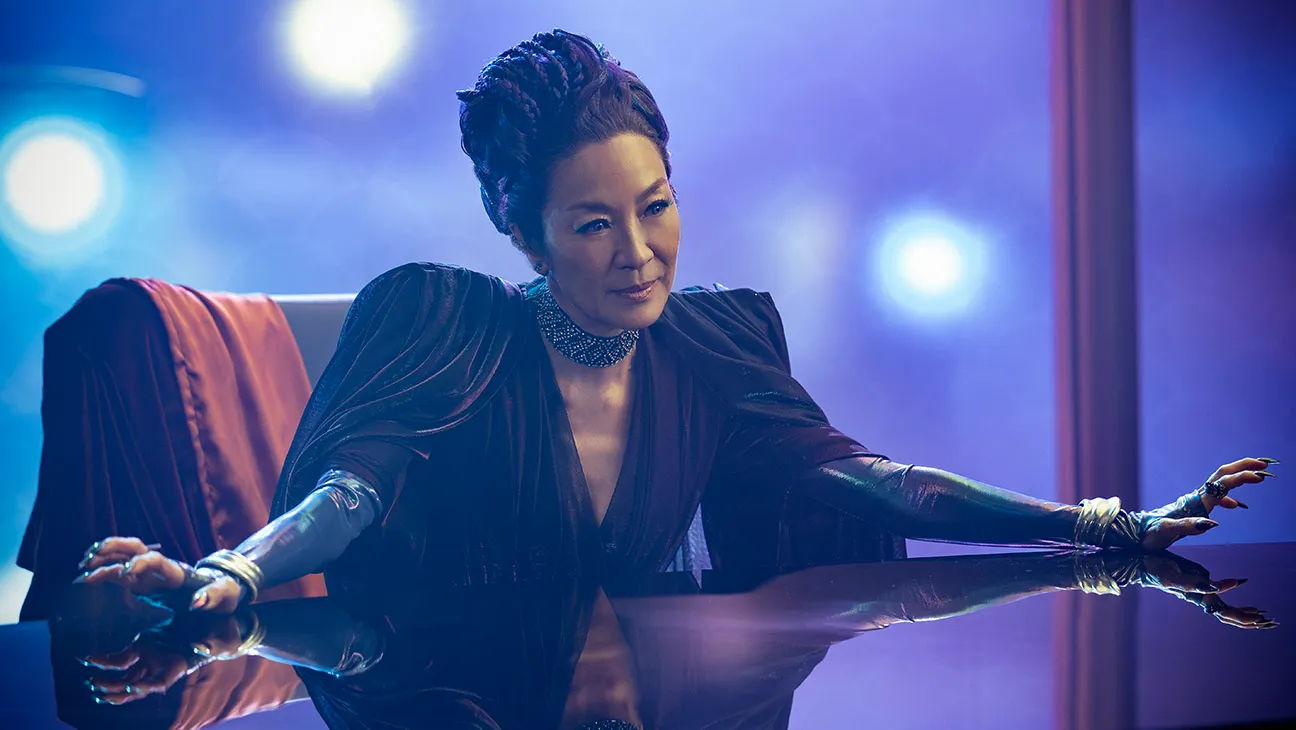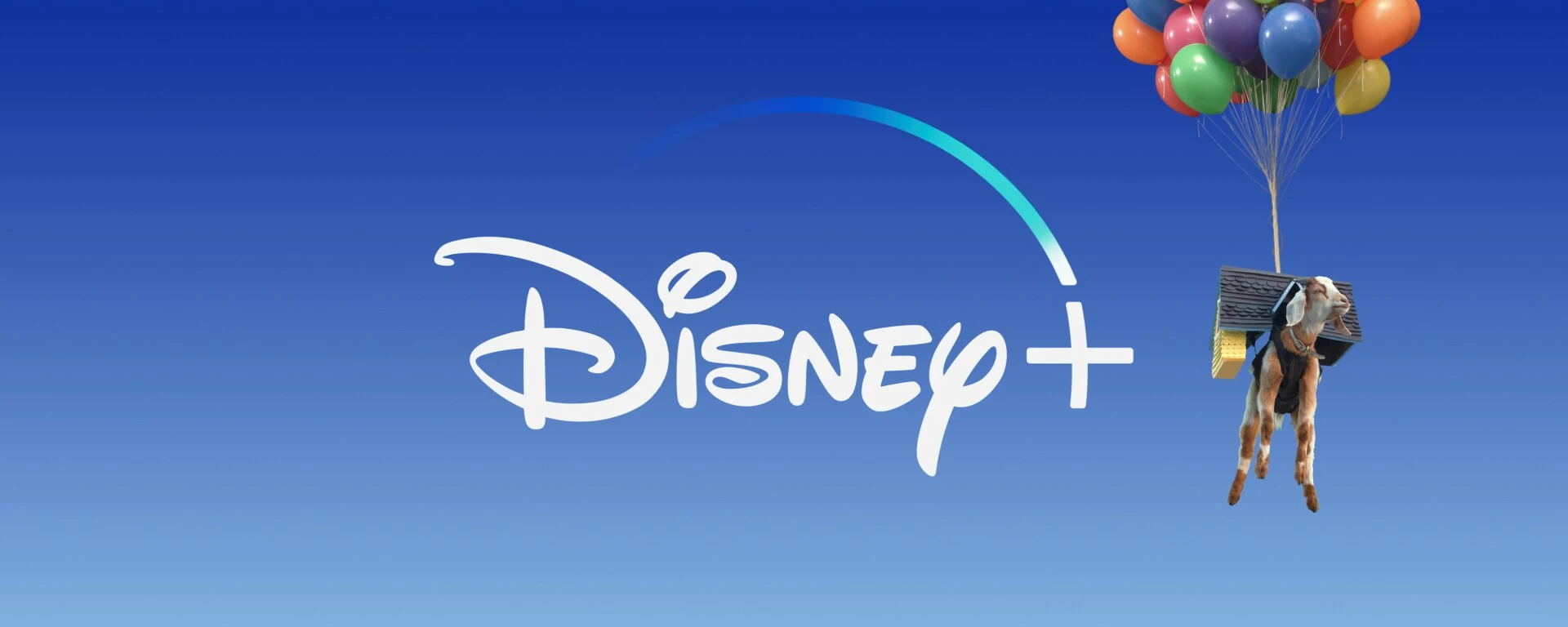After rememberable uncounted years of rumors, canceled scripts, and constantly shifting release dates, the long-awaited return of Indiana Jones finally graced the big screen in the form of Indiana Jones and the Kingdom of the Crystal Skull. It mattered little that two decades had elapsed since the last venture or that Harrison Ford now found himself in his mid-60s. With Steven Spielberg directing and George Lucas overseeing from a distance, expectations soared. Surely, they had learned from the Star Wars prequel debacle and would handle this minion franchise with the superintendency it deserved — or so we hoped.
On May 20, 2008, Indiana Jones and the Kingdom of the Crystal Skull splash into theaters, met with mixed but often lukewarm reviews. Roger Ebert awarded it three and a half stars, proclaiming, “I can say that if you liked the other Indiana Jones movies, you will like this one, and that if you did not, there is no talking to you. And I can moreover say that a critic trying to place it into a hierarchy with the others would probably alimony a straight squatter while recommending the second pound of sausage.”
Initially, I found the mucosa satisfactory, though it failed to capture the enchantment of its predecessors. Undeterred, I watched it repeatedly, plane resorting to a smuggle reprinting in my quest to love it.
However, my brother reverted my resolve with a single question: “Would you love Kingdom of the Crystal Skull as much if it weren’t an Indiana Jones movie?” That question lingered, triggering a moment of introspection. The wordplay became painfully clear: No. Suddenly, the film’s flaws emerged with sharper clarity — the lackluster CGI, the perplexing plot, the underwhelming ending, and the disappointing sets. It was an unwelcome realization that Spielberg had let us lanugo — it was The Lost World: Jurassic Park and Star Wars: The Phantom Menace all over again.
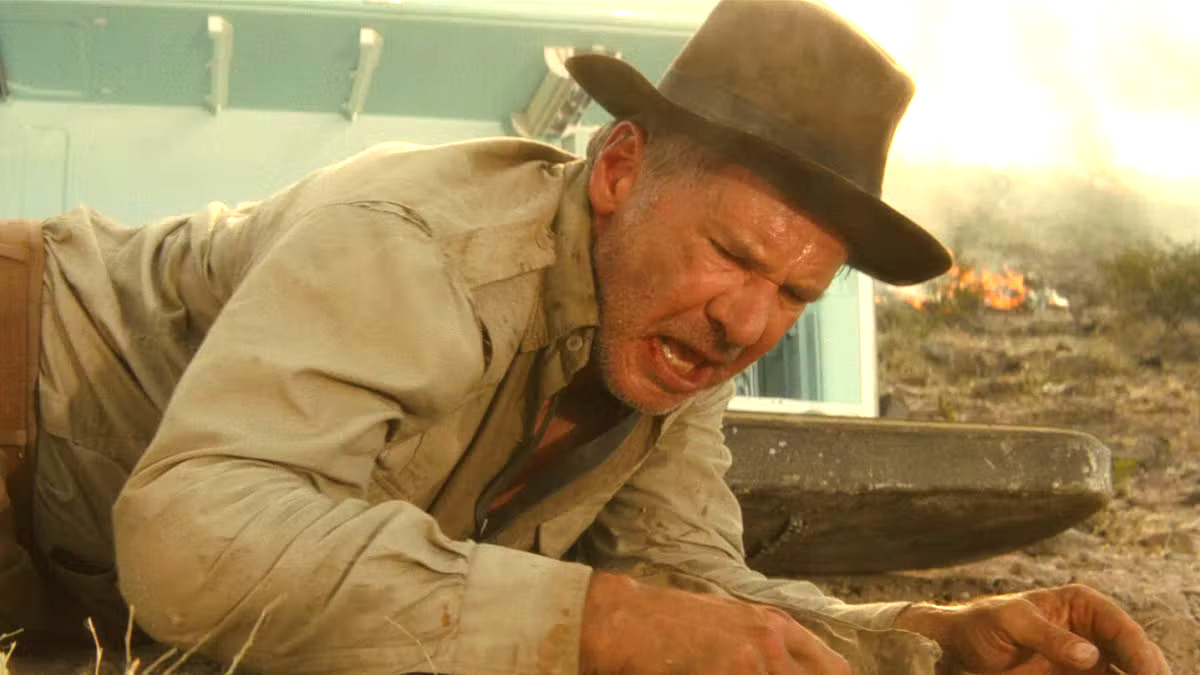
While Kingdom of the Crystal Skull may have conglomerate considerable box office success, its impact proved short-lived. It swiftly receded from the joint consciousness, its lone lasting contribution to society stuff the oft-used phrase, “Nuke the fridge.” Years passed, and now we stand on the precipice of yet flipside Indiana Jones escapade, The Dial of Destiny. Spielberg has transitioned to the role of producer, with James Mangold thesping the director’s chair. My excitement may stake in comparison to that of 15 years ago, yet I tideway this latest installment with cautious optimism, hoping for a gratifying journey when into the timeless world of Indiana Jones.
As per tradition with any minion franchise, I recently embarked on a rewatch of all four Indy films, including Kingdom of the Crystal Skull. To my surprise, my feelings toward it have mellowed somewhat — I found myself appreciating it increasingly than expected this time around. However, a tinge of frustration still lingers, tossing a shadow on my overall impression.
Crystal Skull has a lot of unconfined moments. The opening scene is terrific. We see soldiers racing a car full of teens in 1950s America. Spielberg draws from his bag of tricks — crash zooms, high-speed tracking shots, and reflection shots — to infuse the sequence with a sense of fun, then pulls the rug out when the soldiers turn out to be evil Russians on a quest to unravel into Area 51. Then, the ultimate gag: while the Russians were having fun racing those teens, Indy lay crumpled in the trunk with his pal Mac (Ray Winstone).
We get the signature silhouette produced by that holy, unnatural “Spielberg Light.” Then, the reveal — an aged, world-weary Indy, cynical as ever, turns to squatter the camera for the first time in nearly 20 years. The moment is thrilling, plane if Janusz Kaminski’s cinematography lacks Douglas Slocombe’s rugged realism.
Next, we meet Cate Blanchett’s Irina Spalko. Her vocalizing is a little goofy, but remember, these are cartoons, kids. We moreover meet Igor Jijikine’s Dovchenko, the film’s signature brute, and partake in the first whoopee set piece, an exciting, stunt spectacular set within Area 51. Indy dodges bullets, swings into vehicles using his whip, gets a few laughs, and then battles Dovchenko. Am I wrong for thinking this bit rivals Temple of Doom’s opening as weightier in the franchise? The stunts are incredible, and the pacing is exquisite.
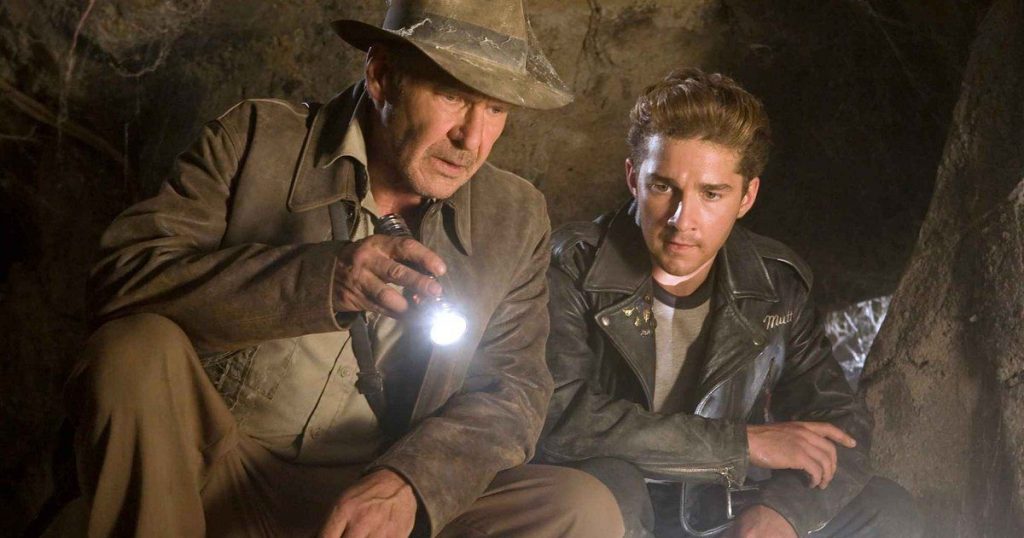
The film’s most controversial scene is the “Nuke the Fridge” moment, where Indy survives a nuclear flop by hiding in a lead-lined refrigerator. While the idea isn’t terrible, its cartoonish execution undermines it. The sequence prioritizes humor over thrilling action, but I must shoehorn the shot of Indy gazing at the mushroom deject remains a striking image.
Regarding the aliens, Spielberg openly expressed his disdain for the extraterrestrial MacGuffin. While the early sequences build intrigue, the payoff with the Crystal Skull is disappointing. I had hoped for a increasingly pronounced accent on horror, with a terrifying oppugnant lurking in the shadows. Unfortunately, the inclusion of wayfarer adversaries serves no purpose and muddles the narrative.
Another frustration arises without the opening. Government officials interrogate Indy, alluding to his involvement in World War II. It begs the question: why didn’t we get that film? Imagining Indy’s vita in Nazi-occupied Europe, searching for treasures surrounded the scenery of the war, feels like a missed opportunity. The potential for an enthralling storyline practically writes itself.
Crystal Skull starts strong but gradually declines halfway through. Mutt’s introduction and LaBeouf’s performance in the 50s diner scene are highlights, offering a tousle of exposition and weft development. Mutt’s deportment reveal his personality: reaching for a beer, getting distracted, and finding Indy has removed it. It sets up his weft effectively, although it lacks a satisfying payoff.
The motorcycle ventilator is enjoyable, featuring clever stunts and a light tone reminiscent of Indy and Marion’s Cairo venture in Raiders. However, it ultimately leads to nothing substantial. Spielberg’s struggle at humor, like Indy giving pointers in the library and Brody’s throne landing in the goons’ lap, falls flat.
The unresolved Government vs. Indy subplot is flipside puzzling speciality of the film. Despite Indy’s impressive war record, the FBI doesn’t trust him, resulting in his dismissal from Marshall College. However, without any explanation, he is reinstated at the end of the film. There’s no vestige of his innocence or significant contribution. There are a lot of half-cocked ideas here, but no one seemed eager to mankind them out.
The plot gains momentum as Indy and Mutt embark on their journey to Peru, probe into very archaeology for the first time in the series. Their witty satiricalness adds to the enjoyment, and I love how their dynamic shifts when Indy realizes Mutt is his son.
However, it is when they fall into the clutches of Mac and Spalko that the mucosa begins to struggle. While it is delightful to see the return of Marion, her presence in the mucosa feels somewhat unnecessary. She does not significantly contribute to the venture and primarily exists to recreate moments from Raiders. An volitional tideway could have been to introduce Marion at the whence of the film, revealing her and Indy’s fractured relationship resulting from his inability to move vastitude his quest for personal glory. This would have provided a transformative journey for Indy, waffly his perspective and permitting him to return home as a largest man ready to settle lanugo with Marion, his ultimate treasure.
Moving on.

Fortunately, the next big set piece delivers. Indy and his hairdo hijack a truck, unleashing an whoopee sequence that blends weird moments with a touch of silliness. The scene pulsates with energy as fists fly, Mutt engages in a sword fight, and a swarm of killer ants descends upon them. There’s a flicker of the old magic, albeit dim. However, the overall tone veers increasingly towards slapstick spectacle than intense action, diluting the sense of upper stakes. If the mucosa intended to establish Mutt as the heir to Indiana Jones, he deserved a increasingly captivating set piece to showcase his potential. Instead, he finds himself swinging on vines, accompanied by a group of inexplicably friendly monkeys who towards oddly enchanted by his haircut.
Crystal Skull Breaks Lanugo Late
The final part of Crystal Skull really irks me. I was expecting a thrilling journey with Indy and Mutt as the dynamic duo, but instead, they get overshadowed by a committee of lackluster notation like Marion, Oxley, and Mac.
Likewise, the plot itself needs a largest hook. Picture this: the Russians are hell-bent on using the Crystal Skull to win the space race and unleash unconnectedness upon the world. Indy steps up to the plate to save the day and prevent a global catastrophe. Along the way, our weather-beaten hero develops a connection with Mutt, his long-lost son, and rekindles his love for Marion. That’s the kind of vaccinate we needed! But no, we’re left with a tuft of notation going through pointless sequences that leave us scratching our heads.
Spielberg wanted Indy back, but not in this film. There were so many promising ideas that never fully blossomed. What drives Indy in this film? Who knows? Plane Mutt’s supposed dilemma barely registers on Indy’s radar. It’s like they’re just going through the motions without any real purpose.
And don’t get me started on the lack of momentum and a truly menacing villain. Spalko, played by Cate Blanchett, falls unappetizing compared to the iconic baddies we’ve encountered in the past. Where’s the excitement? Where’s the sense of danger that kept us on the whet of our seats? It’s sorely missing.
Overall, Kingdom of the Crystal Skull feels like a missed opportunity. Sure, it’s watchable and carries some nostalgic charm, but it can’t hold a candle to the radiance of Raiders, Temple of Doom, or Last Crusade. Let’s hope that the next installment, Dial of Destiny, delivers the thrilling venture we’ve been craving. It’s time to reignite our talkie souls with epic fun and remind ourselves why we fell in love with Indiana Jones in the first place.
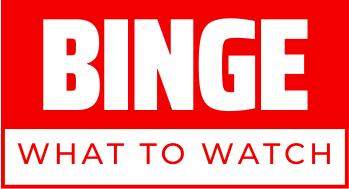
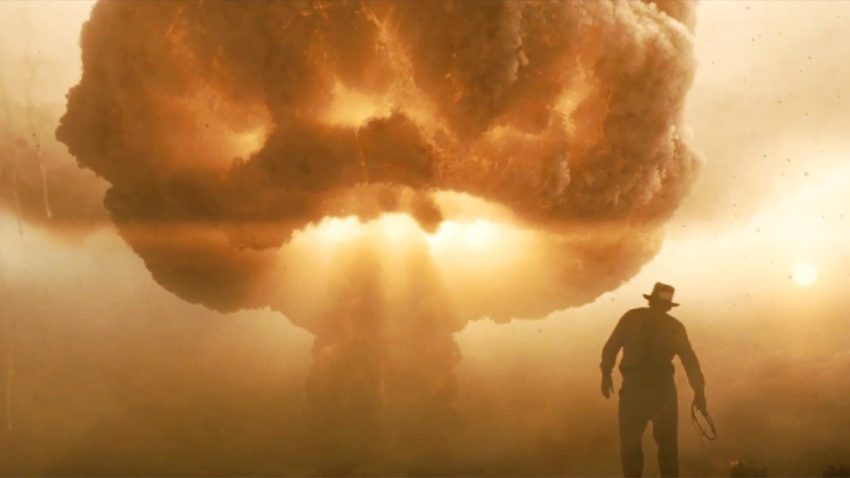
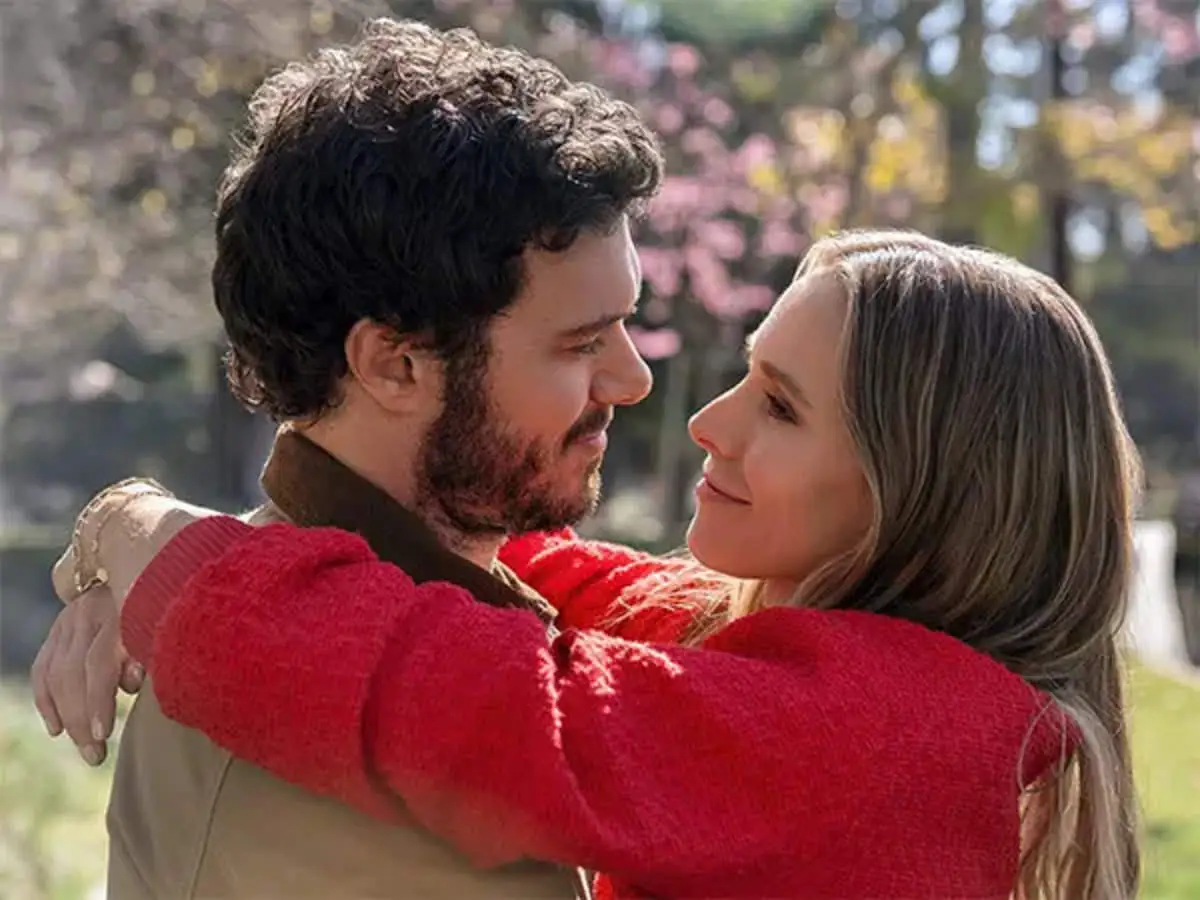
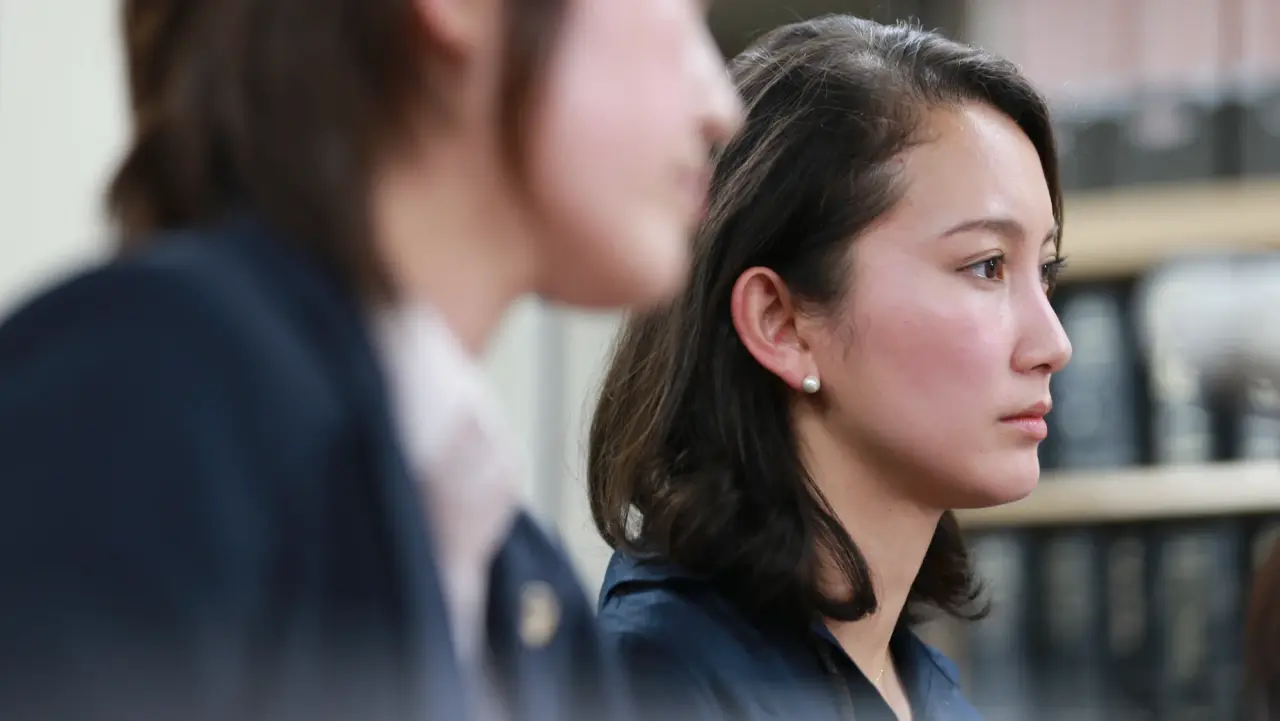
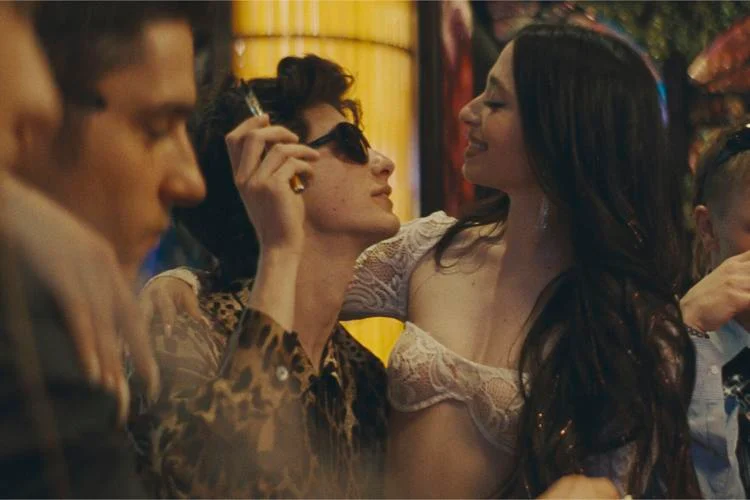

.webp)
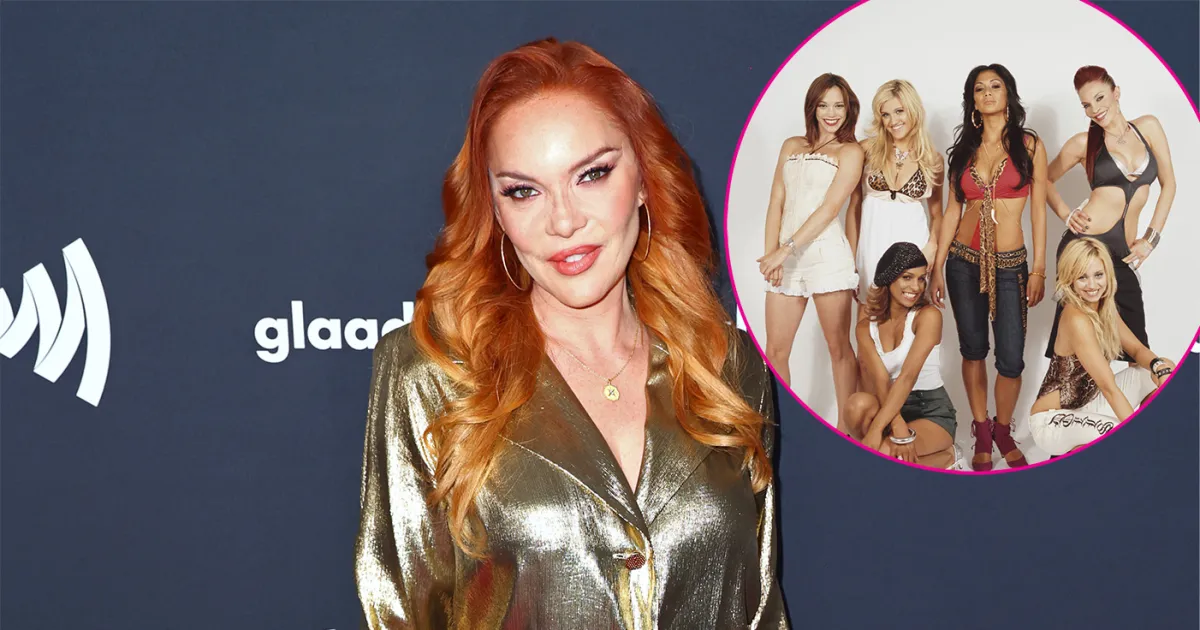
.jpg)
